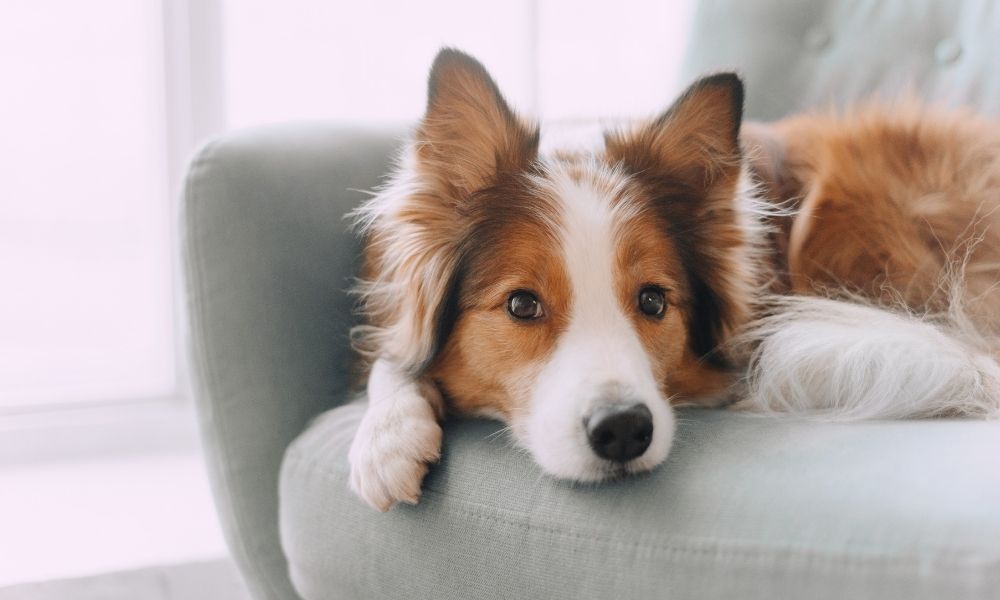
Humans aren’t the only animals that can feel nervous. In fact, many other species actually have it much worse. Our canine companions, for instance, deal with their own versions of stress and anxiety every day, sometimes over seemingly minor things. These emotions can impact their long-term health and prevent them from living happy and fulfilled lives. If you want to help ease your dog’s discomfort and support their well-being, it’s vital that you know how to best calm them down. Here are some helpful tips and tricks for calming your anxious dog and reducing episodes of extreme stress.
Know What Anxiety Looks Like in Your Dog
The first important thing to note is that stress in dogs looks different than what we might expect to see. While humans tend to look nervous, sad, or exhibit certain calming behaviors, dogs do not. As such, it’s crucial that you familiarize yourself with your pet’s submissive or anxious behaviors so that you know when to take calming action. Some common submissive dog behaviors to know include submissive urination, a lowered tail, and avoiding eye contact with you and other dogs.
Exercise and Play With Your Dog
When you recognize the signs that your dog is nervous, you can start implementing ways to soothe them. One effective method is to distract them from the stressor with exercise or play. Dogs love having jobs to do, whether it’s catching a ball or running an obstacle course. Running around your backyard with your dog is a great way to refocus their mind on something productive. It also helps expend some of that nervous energy, so they’ll feel much calmer even after playtime ends.
Provide Ample Physical Contact
Another trick for calming your anxious dog is to provide them with plenty of physical contact and affection. Canines crave contact with us and it’s among the most effective ways to trigger their relaxation response. They feel safe with us and seek to bond, and physical contact shows that you’re there to support them. However, keep in mind that this only works with mild cases of anxiety. For dogs with more severe stress, too much physical contact can make the behavior worse.
Desensitize Them to Stressors
Even if you can reliably calm your dog down, it doesn’t mean that their stress goes away. It’s only through a specific type of training called desensitization that they can begin to acclimate to stressful situations and better handle them. Desensitization is the process of slowly exposing your pup to their stressor to get them used to new environments, dogs, and people. This could mean inviting a few friends over, taking your dog for a walk in a public park, or leaving the room where your dog is for progressively longer periods of time. No matter what stresses your dog out, expose them to it slowly over several months to avoid causing additional trauma.
Your dog doesn’t have to live with anxiety, and there’s plenty that you can do to help them. Talk to a dog trainer and give these tricks a try.
